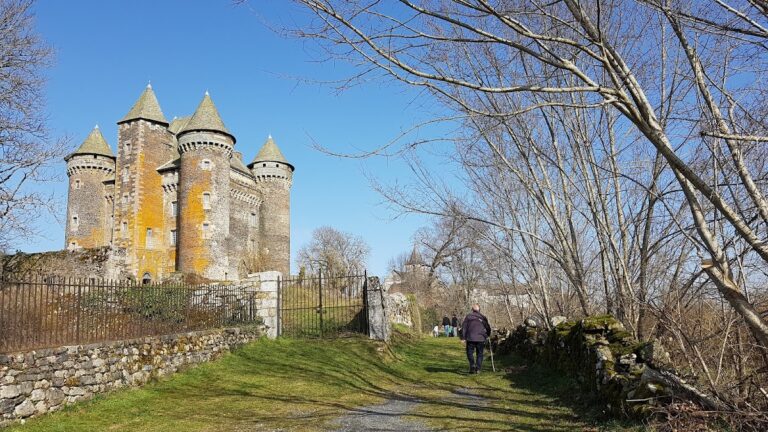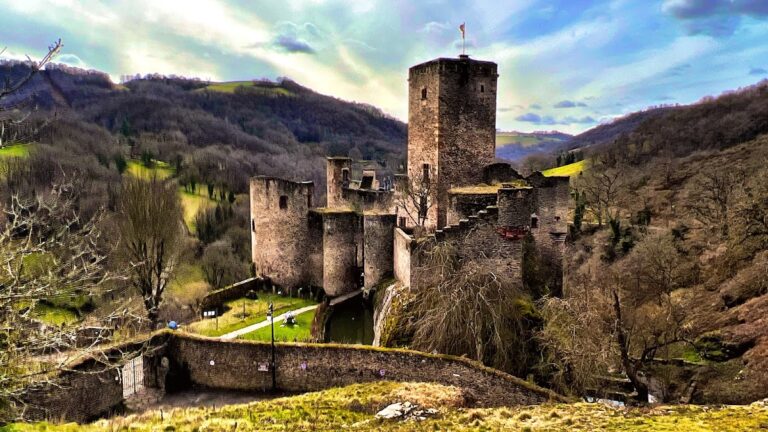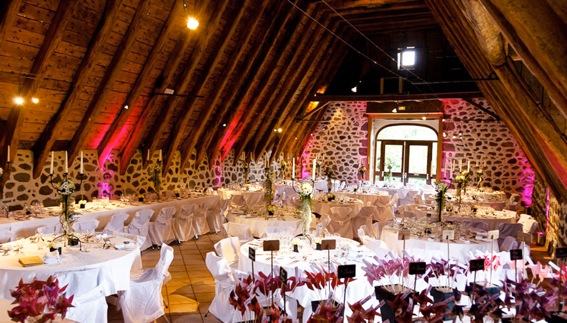Château d’Estaing: A Historic Castle in Estaing, France
Visitor Information
Google Rating: 4.3
Popularity: Medium
Google Maps: View on Google Maps
Country: France
Civilization: Unclassified
Remains: Military
History
The Château d’Estaing is located in the commune of Estaing in France and was originally built by the noble Estaing family. The family’s barony is recorded as far back as the early 11th century, marking the castle as a seat of regional power in medieval France.
The castle’s earliest origins date before the 12th century, serving as the residence of the Estaing lords who played a significant role in Rouergue and throughout French history. Over the centuries, the castle evolved through major remodeling during the 15th, 16th, and 17th centuries. Joachim d’Estaing, who became vicomte d’Estaing in the mid-17th century, was likely the last family member to live on the estate, retiring roughly around 1660. After the death of Charles François d’Estaing in 1729, ownership passed to his cousin, Charles-François d’Estaing, vicomte de Ravel. During this period, forged parchments claiming a far older noble lineage were added to the castle archives but later proved false.
Charles Henri d’Estaing, an admiral renowned for his role in the American War of Independence, was the last of the main family branch associated with the castle. Following the onset of the French Revolution, the castle was seized and sold as national property; however, it was recovered by Lucie Madeleine d’Estaing in 1793. In 1836, the property changed hands and was acquired by the Sisters of Saint-Joseph. They transformed the castle into a convent and boarding school for girls, a use which continued until the year 2000.
After the Sisters of Saint-Joseph sold the site, the castle entered municipal ownership before being purchased in 2005 by former French President Valéry Giscard d’Estaing and his relatives. They initiated restoration efforts and planned to open the site to the public, incorporating cultural events and housing presidential archives. The manor has been officially recognized as a historic monument since the mid-20th century, with protective status extended to its terraces and more recently to the adjacent chapel built in the 20th century. Since 2012, the château has served as the headquarters of the Valéry Giscard d’Estaing Foundation. Additionally, a 19th-century bust of the knight Tristan Dieudonné d’Estaing, sculpted by Victor Causse and discovered in 2013, is now prominently displayed within the castle.
Remains
The Château d’Estaing stands on a high promontory that overlooks the village at the meeting point of the Lot and Coussane rivers. This strategic location offered a commanding view of the surrounding landscape. The castle complex is centered around an older square keep known as a donjon, a fortified tower typical of medieval strongholds. This central keep is distinguished by five turrets arranged atop it and capped with a roof shaped like a lantern, features indicative of construction and remodeling phases spanning the 15th through 17th centuries.
Surrounding the donjon, the castle’s buildings from successive centuries form an integrated arrangement sitting on a large terrace that overlooks the Lot River, enhancing defensive and visual control of the area. The main entrance is marked by a pavilion that leads into the core castle structure and the expansive terraces, all of which are recognized today as part of the historic monument designation. Among the older elements on site is a chapel dating back to the 15th century, historically associated with the lords of Estaing. This medieval chapel stands alongside a separate religious building constructed during the 20th century by the Sisters of Saint-Joseph, reflecting the site’s later adaptation as a convent.
The castle’s physical construction reflects typical medieval techniques and styles of the region. The remains of the keep and terraces remain well preserved, offering insight into the site’s continual occupation and modification over several centuries. The discovery within the castle grounds of archival documents and the 19th-century statue further enriches the historical narrative preserved in the surviving architecture and artifacts displayed on site.










